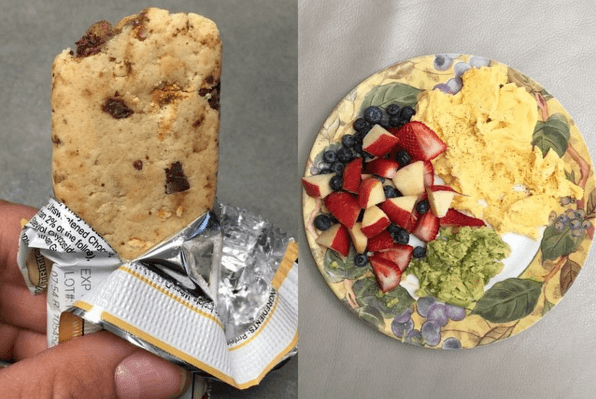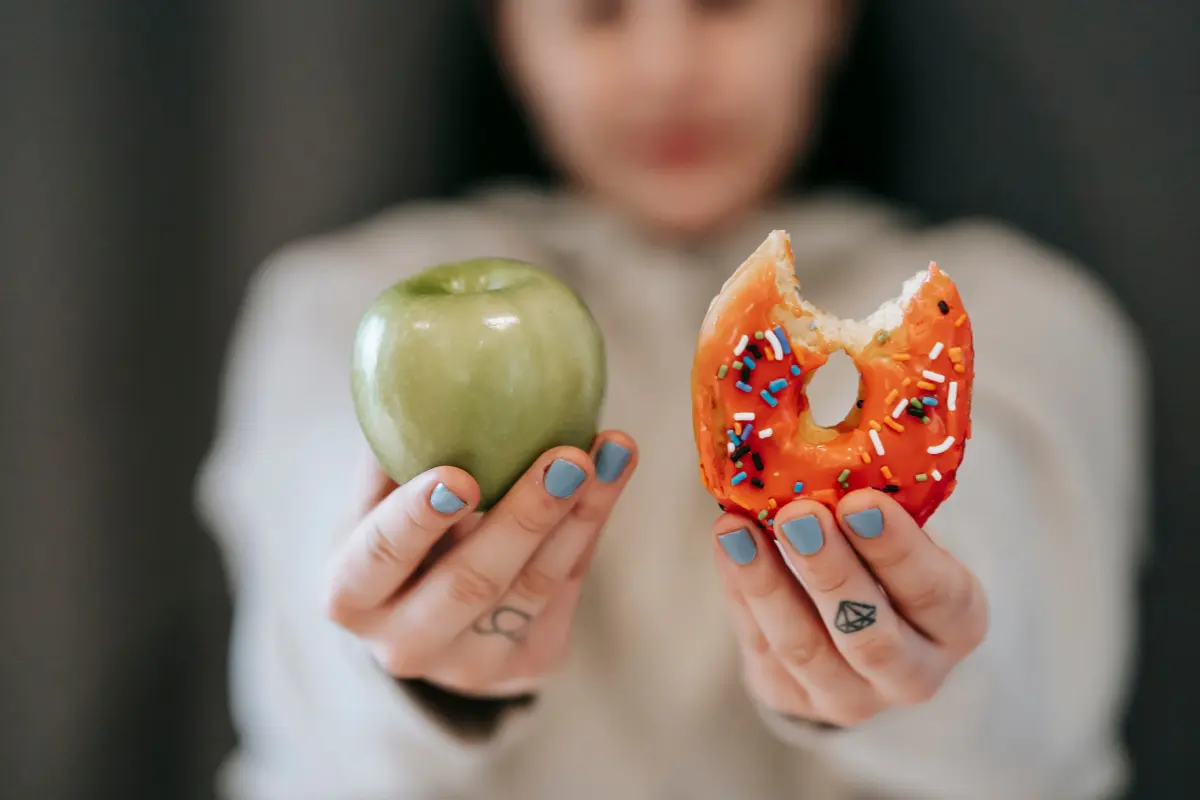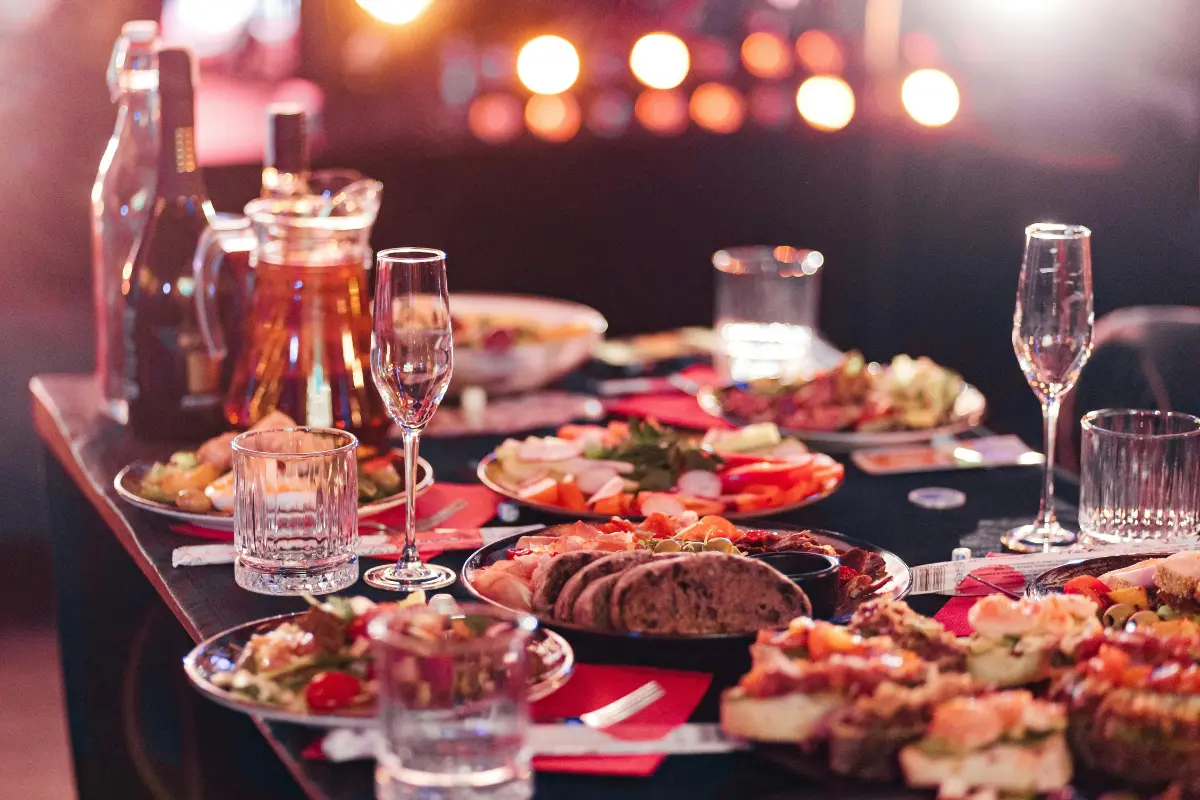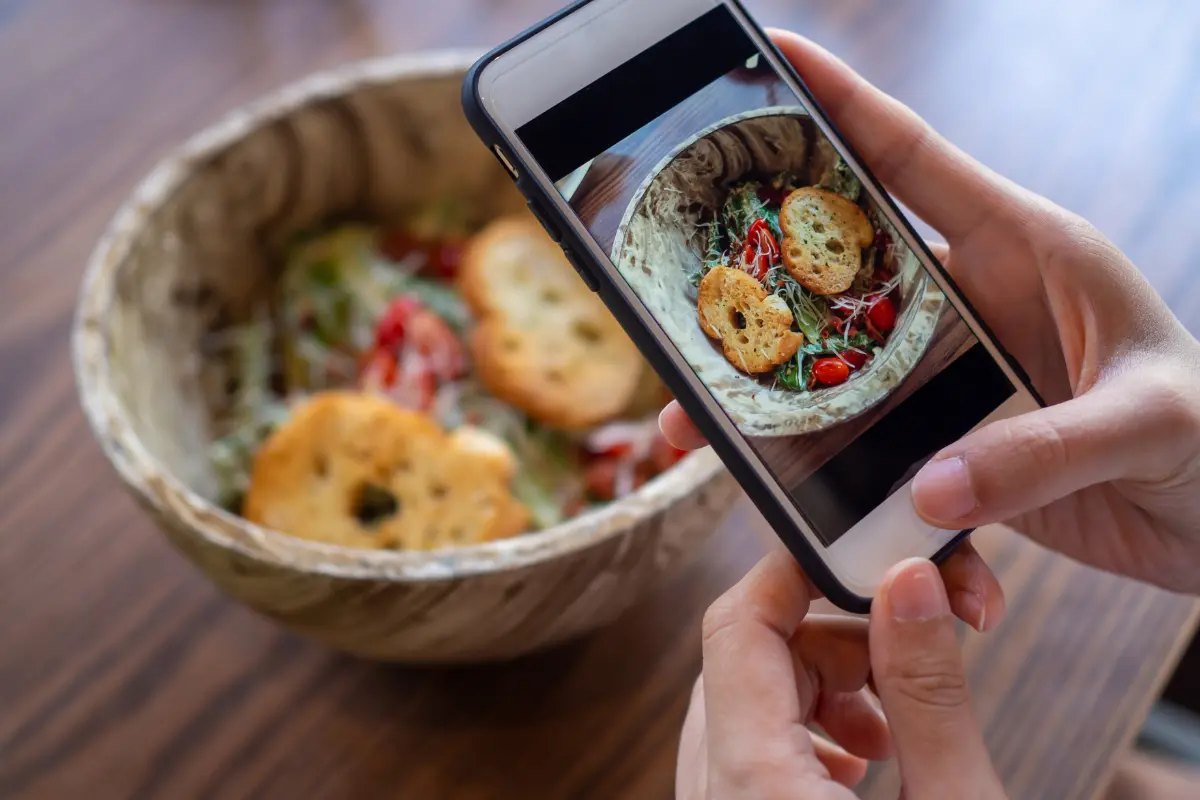
How many times have we gone into the cookie jar for two too many and said “My diet starts tomorrow.”? The food coma ensues and we start fantasizing about a body that we know exists under the fluff, or a lifestyle where pizza is not the enemy. Some of you may have even come to the conclusion that you will just never get there, you’ve tried it all!
I’ve been there. Every last effort from the extreme to the downright weird, nothing gave me the results I was searching for until I found what worked for me. I am here to give you some insight into what I believe are the five things that can help you stick to your next, and hopefully last, effort.
- Choose a plan that fits your lifestyle
In general there is a negative stigma associated with the word “diet” and this is almost always because most people choose a “diet” that does not fit their lifestyle. When you say I am “going on a diet” it implies that at some point or another you will be getting “off the diet”. In order to make a change for the long term it is important to choose a diet that suits your needs.
Some people enjoy routine, others need more freedom. If you choose a diet that requires a lot of food prep but you hate to cook, it is unlikely you will succeed. If your diet is very restrictive and you get bored easily you may end up frustrated, unable to find something to eat or enjoy your social life.
Rather than jumping on the latest “fad diet” try making small lifestyle changes. A few examples that have proven to be successful:
Advertisement
- If you are inconsistent, use something to track the food you are eating, as well as your body weight. My Fitness Pal is the tool I prefer.
- If you hate to cook, find quick and easy recipes or local restaurants/stores with friendly options.
- If you need accountability, find a support system that is having success themselves. Unsure of where to start? Reach out to someone you respect and ask for help!
- Have realistic expectations
You have decided to commit to a change. You’re ready to take on the world, do everything perfectly, and sacrifice whatever you need to get to where you want to be. If you expect absolute perfection you are setting yourself up for failure and will more than likely abandon the program all together at the first sight of a “cheat” or “slip up”. Rather than being hard on yourself for not adhering to the plan to a T take pride in the fact that you are trying. Recognize mistakes and their cause, learn from them and take the time to allow these new habits to set in. No one is perfect.
Most importantly, never forget how long it took you to get to where you are now. It will not take as long to get to where you want to be but it may be some time. Depending on your body composition, gender, age, and activity level, a safe rate of weight loss is 1-2 lbs per week. Keep this in mind and consider that you will make mistakes along the way and that is okay.
- Do not eat for reasons other than hunger.
Every single one of us is guilty of walking to the fridge or cupboard after having just eaten a meal, opening it up and searching for something else to eat. We do this over and over even though we already know what is in there as if something will magically appear. In that moment are we really hungry? Or maybe, are we bored? stressed?
When you take the time to eat allow yourself to feel full. Take a seat and try to really focus on the fact that you are eating. Not only does the body need to know it is becoming full but the mind needs this as well. Take a seat, put away the phone, computer, TV, and all other distractions to really sit and enjoy your meal.
Try to identify when something other than hunger is making you want to eat and avert to a more productive and goal-oriented task or activity. Try going for a walk, reading a book, watching a movie, knitting, but most importantly stay out of the kitchen.
Advertisement
- Eat high volume.
One of the most common mistakes I see when people decide to begin a weight loss journey is choosing foods that leave them hungry and unsatisfied thus making them more likely to overindulge.
Take a moment and think about the food choices you are making. For example, a protein bar l seems like a good choice, right? However, for the exact same amount of calories, fat, carbs, and protein you can eat an entire meal! Hence why many bars are called “meal replacements”.
Below is a photo of some scrambled egg beaters, fruit salad, and avocado coming to a total weight of 450g compared to a quest bar that is 60g in weight.
![]()
-
This second photo is of 600g of cherry tomatoes compared to a 22g sour key. They both have the same caloric intake and 23g of carbohydrates.
![]()
Which do you think will help keep you fuller for longer?
Advertisement
I think we can all agree that hunger is a terrible feeling. So load up on foods that are not as dense in calories or macros. Some great examples are:
Vegetables: peppers, cucumber, tomatoes, celery, onions, zucchini, eggplant.
Fruit: berries, cantaloupe, honeydew, watermelon, mango.
Lean meat: sirloin tip, lean ground beef, turkey, chicken, bison. - Mark progress in as many ways as possible.
Every diet, like every training program has a natural ebb and flow. One week you make a tremendous amount of progress and the next you feel like you’ve regressed. Set yourself up for success and try to motivate yourself in as many ways as possible! Do you love hitting a PR in the gym? You can PR in your weight loss journey as well.
Some changes to note:
- Body Weight - Weigh yourself in the morning after your trip to the toilet, on the same scale, naked. Try to avoid frustration over daily fluctuations in weight - those are normal. Instead use the weekly average and compare it to the past weeks weekly average.
- Body Composition - Take photos of your body every week. Take a photo from the front, side, and back wearing no top and boxers for the men, sports bra and shorts or underwear for the ladies. It is really difficult to see changes daily but compare week 1 to week 12 and you'll be surprised at the differences! Optimally you should use the same lighting and the same location but if you find yourself looking in the mirror and loving what you see, take a photo for reference!
- Measurements - Take measurements in the same spots each week. Consistency is more important than accuracy in this scenario so just make sure you measure the same spot each time. I would suggest waist, chest, and hips to start.
- Mood and Energy and Consistency. - Feeling better about your body? better in the gym? Stuck to the plan for a full week? This is all something you can keep track of!
Get a WAG Coach
Working Against Gravity has led the macro tracking and health space for over a decade. Our team doesn’t just understand the science of nutrition—we’ve spent years mastering the art of tailoring it to fit your life. That means no cookie-cutter plans, just real strategies that have worked for over 30,000 people.
Choose from our membership options and start working with an expert 1-on-1 coach today.





